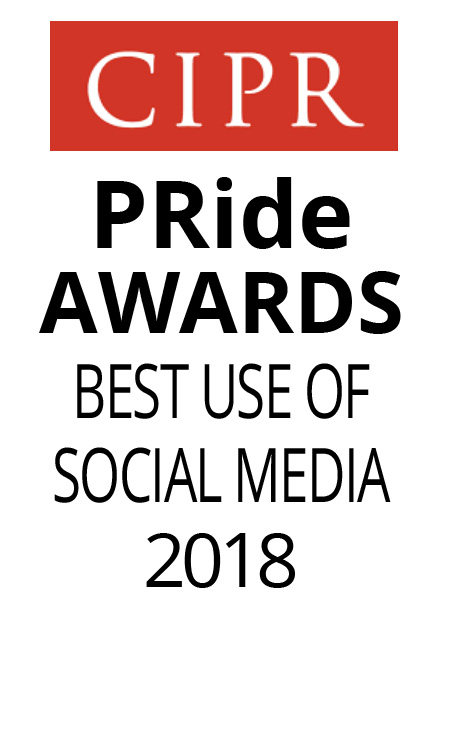50% of humans don’t set up proper systems to measure what is working.
The headline fact is true, it’s from Google and was reported in AdAge. The second fact is made up, by me. I might put the second figure as high 75 – 80% actually.
Half wasted
John Wanamaker, a pioneer of marketing in the 1890’s, said “Half the money I spend on advertising is wasted; the trouble is I don’t know which half.” (Not made up, see Wikipedia.) What’s changed in 125 years? The only difference is that now Google is able to make more accurate physical measurements.
“With the advancement of new technologies we now know that many display ads that are served never actually have the opportunity to be seen by a user,” Sanaz Ahari, Google group product manager, said in a blog post. He continues: “An ad served doesn’t necessarily equal an ad viewed,” something Mr Wanamaker could have said in the 19th century.
The digital ads which aren’t seen are those which appear outside the viewable area of a browser window by the way, or are only seen by bots.
Best positions
In the “old days” when I worked at The Guardian we valued the best positions, like ‘right hand facing matter’ or ‘front page solus.’ In fact the best positions in the print version of the paper still have a premium value. And see what a fuss was made last month about Apple, allegedly, only wanting to be next to positive stories in the newspaper. That’s another marketing chestnut as old as time too…
I remember once, in my earlier days at GMG, a three quarter page advert was booked into The Guardian for a new corporate client, and we all celebrated the prestigious new account. When the paper was published the advert happened to appear next to an article which said “So and so [CEO of new client advertiser] behaves like scared rabbit”. Oh the sh** which hit the fan that day!
So none of these marketing or publishing issues are new, they just appear in different formats.
How to measure effectiveness
Our challenge is to find new ways to address the perennial question of how to measure the effectiveness of PR and marketing campaigns. What channel is working best, which adverts are people responding to?
The reason many clients don’t have a good measuring system in place is that it’s not easy, at least not in the B2B world. Asking a customer ‘How did you hear of us?’ can be awkward and annoying. Is it worth aggravating and possibly loosing a customer for this information, if you enquire again when your prospect says they can’t remember?
Some of our clients link measurement to sales targets, so if the information relating to “how did you hear about our service” is left blank then the bonus isn’t paid. Worth considering if you are making a significant investment in your marketing and PR activity.
Ideal best practice
What would our ideal best practice list be, for measuring the effectiveness of a PR campaign? Well obviously it depends on the objectives of your campaign. Media relations and reputational-based PR campaigns can take months to deliver results and that is a subject worthy of a whole new blog post.
But if your PR agency is handling a much broader B2B campaign which includes a healthy dose of digital marketing such as Adwords plus some traditional advertising, and is aiming to increase incoming enquiries, a basic three step plan could be :
- Audit the volume of current incoming enquiries, setting the measurement terms for emails, telephone calls and face to face contacts.
- Ensure staff know that this information will be measured once a month and that they must ask “How did you find out about us/ our service” for any new prospect or enquiry.
- Collect data from staff once a month, religiously.
It can be surprisingly difficult to winkle this information from people, and this is where an agency can help. The agency can make the monthly call to gather the data, if you make it part of their monthly reporting requirement, and have briefed your staff beforehand. The use of a third party can help to make it less personal and more professional.
Google analytics
Digital metrics are more easily accessible and should also be monitored once a month too:
- Google analytics:
- – session duration
- – pages per session
- – bounce rate
- – number of sessions compared with users
- Facebook likes
- Twitter shares and reach
- Pinterest/Instagram posts [or other social media channel used]
- LinkedIn likes and comments
More than this amount and you might be tying yourself up in knots.
This should go some way to making the outcome of your spend much more tangible, something we believe in very passionately here at Twelve.
So that just leaves the thorny question of making your digital adverts more visible. Google has produced a great infograph ‘Five Ways to Increase Your Visibility.’
I’ve reproduced it with this blog post and the key points are summarised below:
- Check the publishers on your campaign list
A small number of publishers are serving most of the non-viewable impressions; 56.1% of all impressions are not seen, but the average publisher viewability is 50.2%.
- Pick your position well
The most viewable position is right above the fold, not at the top of the page.
- Pay attention to ad shape and size
The most viewable ad sizes are vertical units. Not a surprise, since they stay on screen longer as users move around a page.
- Above the fold does not mean always viewable
Page position isn’t always the best indicator of viewability.
Not all above-the-fold impressions are viewable, while many below-the-fold impressions are.
- Viewability varies across industries
While it ranges across content verticals, or industries, content that holds a user’s attention has the highest viewability.
My final note in this blog post is a salutary reminder of what digital visibility means:
A display ad is considered viewable when:
50% of an ad’s pixels are in view on the screen for a minimum of one second, as defined by the Media Rating Council.
Viewability rate:
Percentage of ads determined viewable out of the total number of ads measured.









